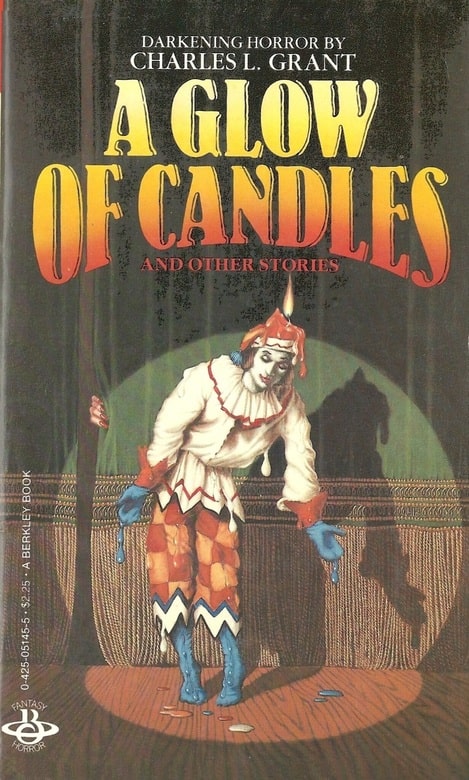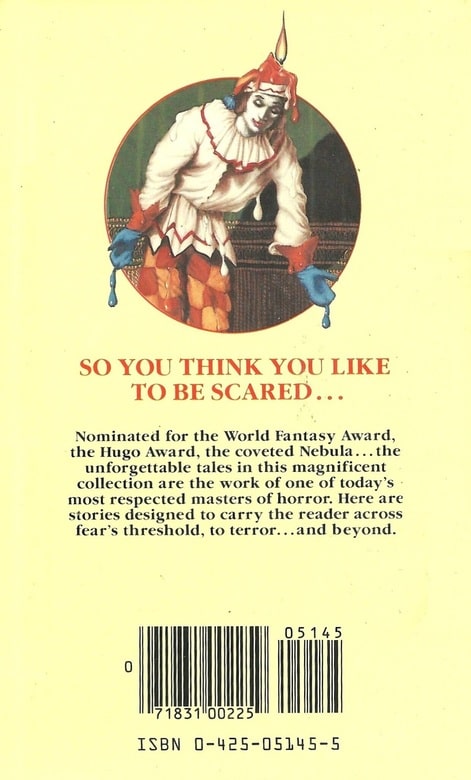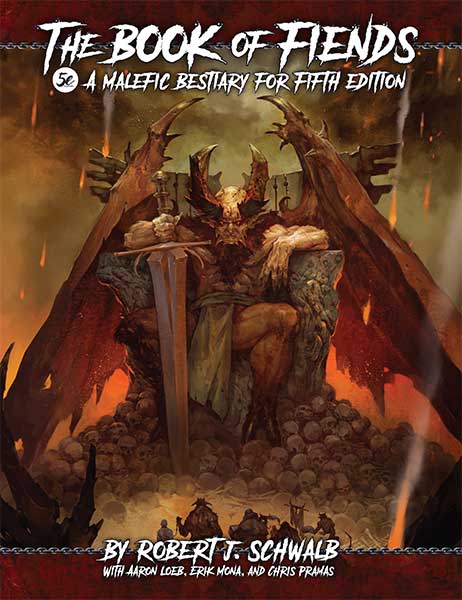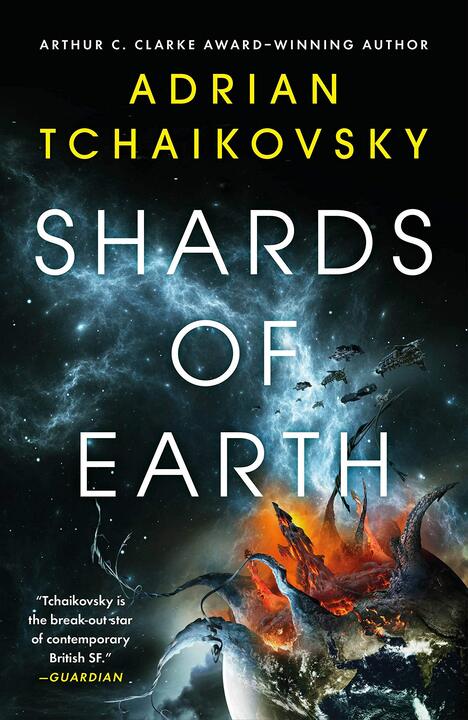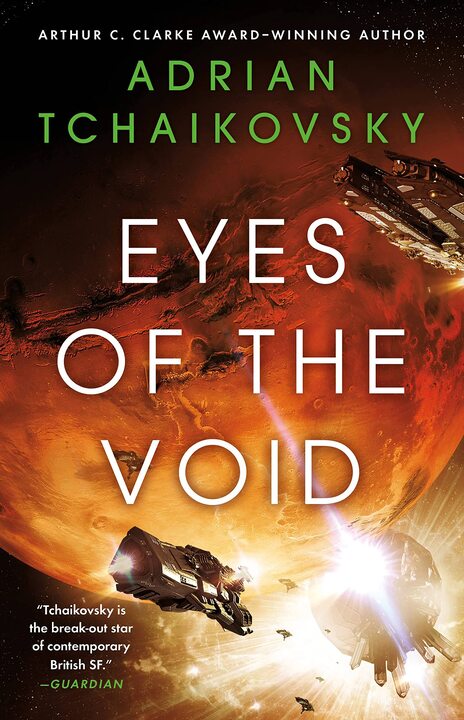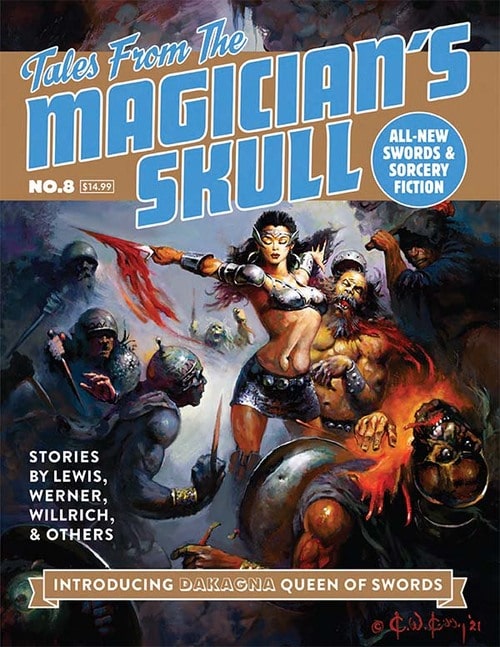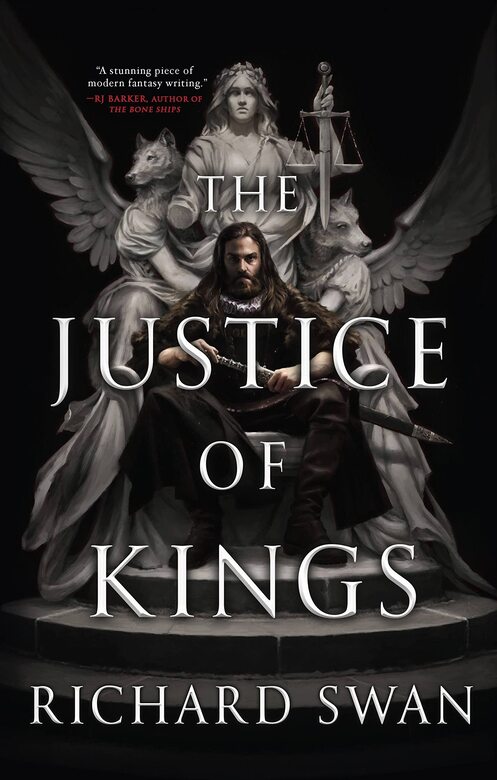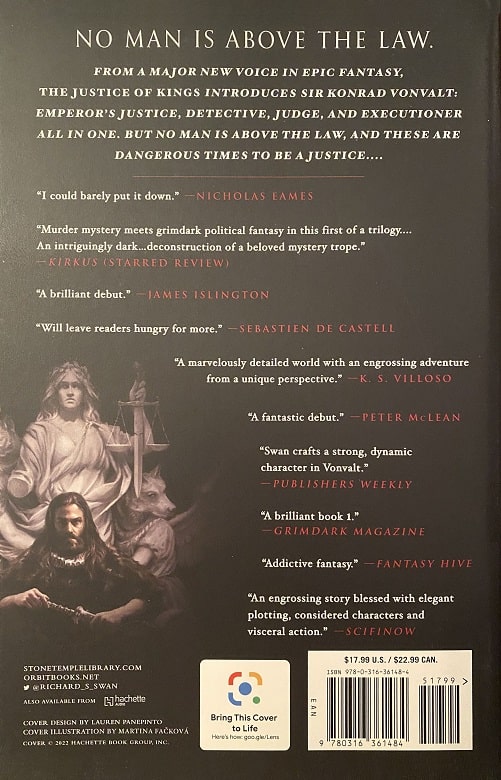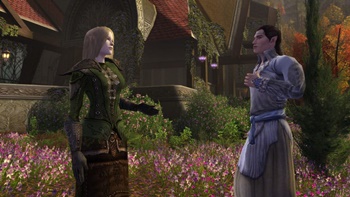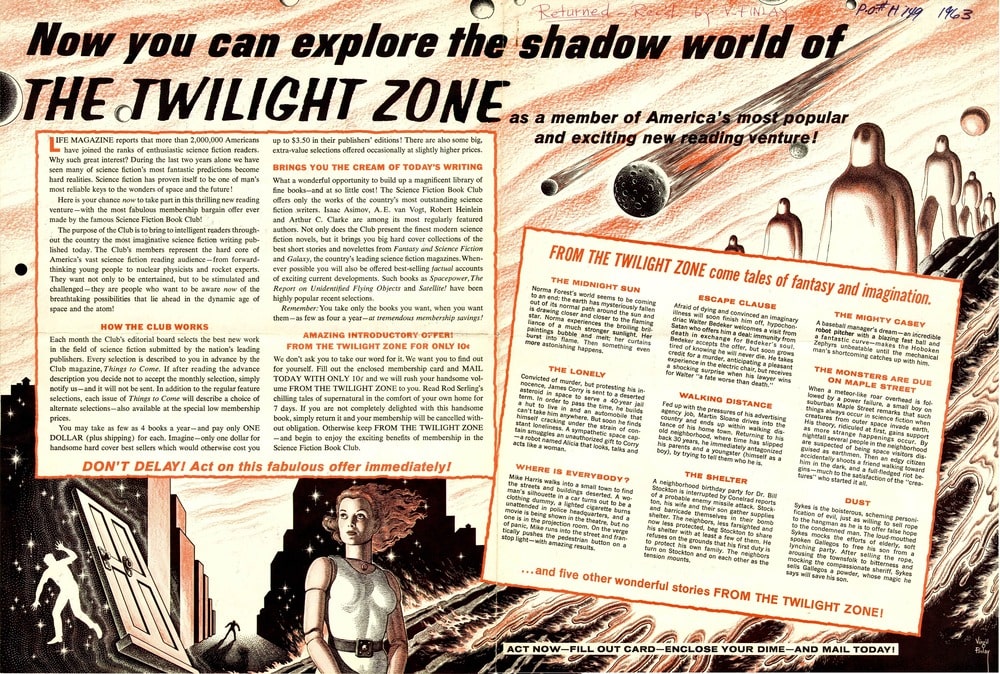The Golden Age of the Novella: The Singing Hills Cycle by Nghi Vo
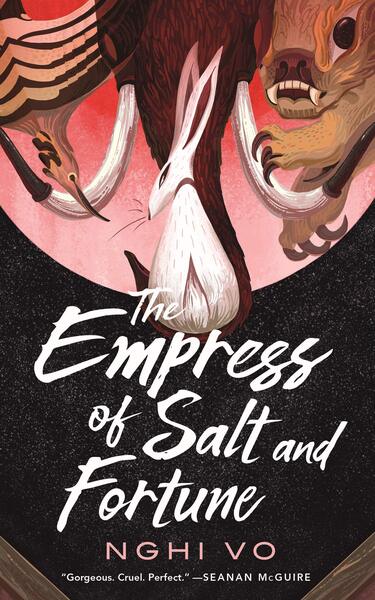 |
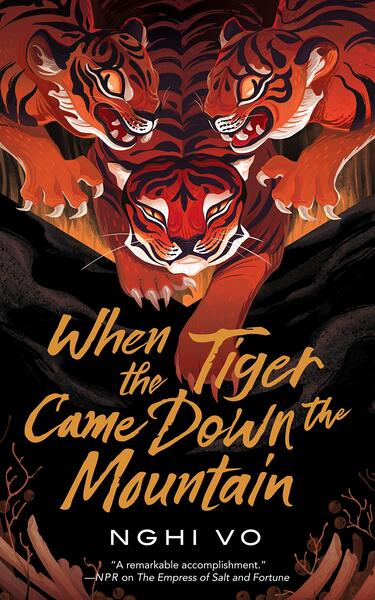 |
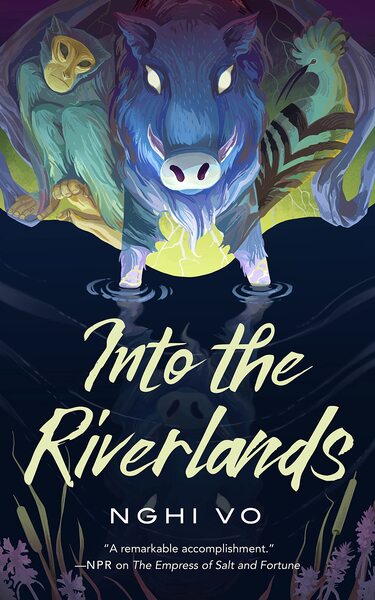 |
All three volumes in The Singing Hills Cycle: The Empress of Salt and Fortune,
When the Tiger Came Down the Mountain, and Into the Riverlands (Tor.com, 2020-2022). Covers by Alyssa Winans
Happy book birthday to Into the Riverlands, the third volume in Nghi Vo’s acclaimed The Singing Hills Cycle!
In its review of the second volume, When the Tiger Came Down the Mountain, The Chicago Review of Books said “We are in a golden age of the novella,” and boy, that’s the truth. Tor.com alone has published many hundreds of novellas since they launched their novella line in September 2015, and for the past half-decade or so they’ve thoroughly dominated the long-form Hugo and Nebula ballot, with series like Martha Wells Murderbot, Seanan McGuire’s Wayward Children, Becky Chambers’ A Psalm for the Wild-Built, Nnedi Okorafor’s Binti, and many, many others.
Last year the Hugo Award for Best Novella was awarded to Nghi Vo for her debut Tor.com release The Empress of Salt and Fortune. It was followed less than ten months later by When the Tiger Came Down the Mountain, which Publishers Weekly called “Dazzling.” It’s delightful to see the third volume in this groundbreaking fantasy series arrive so quickly after the first two.

